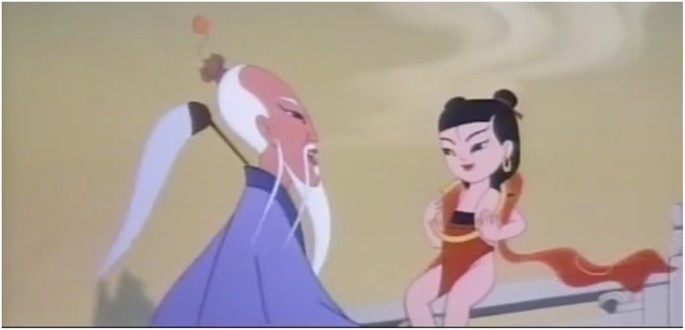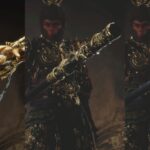Nezha in the Modern World: A Fusion of Myth and Modernity
The legendary Chinese deity Nezha, known for his rebellious spirit and supernatural powers, presents a fascinating case study in mythological adaptation. Translating his character into a contemporary Western setting involves reimagining his divine abilities, moral conflicts, and cultural significance for modern audiences. How would a trickster warrior-god fit into today’s world, and what themes would resonate across cultures? This exploration delves into his potential evolution in modern storytelling.
Nezha’s Powers and Persona in a Digital Age
Nezha’s traditional abilities—super strength, flight, and wielding cosmic wheels—could be redefined for the 21st century. Instead of ancient relics, his weapons might manifest as advanced technology—nanotech-infused armor or AI-assisted combat systems. His fiery temper and defiance of authority could parallel modern antiheroes like Deadpool or invincible yet flawed characters like Homelander.
- Modernized Weaponry: His signature rings and spear could become energy-based weapons, aligning with sci-fi aesthetics.
- Cyber Connectivity: His celestial nature could translate into hacking prowess, battling digital corruption as a shadowy cybersecurity expert.
- Superhuman Resilience: His near-invulnerability might symbolize modern themes of resilience against systemic oppression.
Nezha’s rebellious streak resonates with contemporary anti-establishment movements, making him a fitting symbol for youth defiance against rigid societal structures—whether political, corporate, or social.
Ethical Conflicts: Mythic Morality Meets Modern Dilemmas
In Chinese mythology, Nezha grapples with filial piety, vengeance, and redemption. These themes can be reinterpreted in a Western context through modern ethical struggles:
- Parental Expectations vs. Independence: His defiance against his father, the Dragon King, could mirror generational clashes over traditional values versus personal freedom.
- Justice and Vigilantism: His violent past raises questions about moral ambiguity—would he be a hero, an antihero, or a villain in today’s world?
- Identity and Alienation: As a divine being in a mortal world, his story could explore immigrant or outsider narratives, reflecting cultural displacement.
In a world where moral boundaries blur, Nezha’s journey could become a reflection on accountability. Would he be a flawed hero fighting corruption, or a symbol of unchecked rebellion? His mythological roots provide fertile ground for modern existential dilemmas.
Conclusion: Nezha’s Timeless Appeal in a New Era
Nezha’s mythological essence—defiance, power, and redemption—transcends time and culture. Reimagining him in a contemporary Western setting allows for a fusion of ancient heroism with modern struggles, from technological warfare to ethical ambiguity. Whether as a cyber-enhanced vigilante or a symbol of generational resistance, his story remains relevant, proving that mythic archetypes adapt to reflect societal evolution. Nezha’s journey, redefined, continues to captivate.


